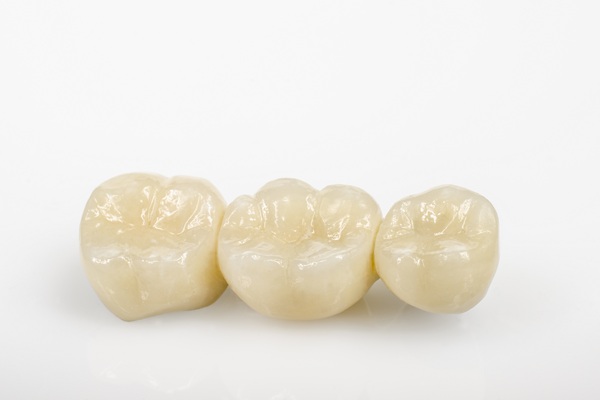Can Emergency Dentistry Preserve a Displaced Tooth?
 A good emergency dentistry professional can provide immediate treatment for your displaced tooth. This type of dental emergency is often caused by trauma, and it is common among adolescents and children. If you want to know how an emergency dentistry professional can save your displaced tooth, here are the details.
A good emergency dentistry professional can provide immediate treatment for your displaced tooth. This type of dental emergency is often caused by trauma, and it is common among adolescents and children. If you want to know how an emergency dentistry professional can save your displaced tooth, here are the details.
Diagnosing the dislocated tooth
Tooth displacement is also called dental luxation. This is when a tooth’s movement veers away from its normal location. Diagnosing this kind of emergency dental problem will involve a short interview with the emergency dentistry professional. They will ask about the dental trauma and the patient’s history. They will inspect the tooth for looseness, tenderness, and sensitivity. The dentist may also order a dental X-ray to see how extensive the damage is.
The types of tooth luxation
Dental luxation, or displacement, can come in various degrees. To determine the type, the dentist will check the patient’s affected tooth and then classify the displacement. Here are the types of tooth luxation to remember:
- Subluxation is when periodontal tissues have an injury. The tooth loosens but remains in its original location. Even so, the tooth may bleed close to the gumline and feel tender when touched.
- Concussion happens when there is an injury to the supportive structures of the tooth. The tooth feels tender to the touch but has not loosened or moved from its original position.
- Intrusive luxation is when the tooth goes into the socket, resulting in alveolar bone fracture. In this case, the tooth is not loose at all.
- Lateral luxation involves the separation of the periodontal ligament and the breakage of the bone that holds the teeth. The tooth is not loose, but it looks like it has moved backward or forward from the gumline.
- Extrusive luxation happens when the periodontal ligament breaks off. The tooth moves out of its own socket, which remains intact. The tooth looks longer and is extremely loose.
The treatments
The treatment for a displaced tooth depends on the type of luxation the patient has. The emergency dentistry provider will always try to stabilize the tooth. Maintaining the health of the pulp is also a priority. Here are the treatments for the mentioned types of tooth displacement:
- The emergency dentistry professional may not treat subluxation at all. The dentist may splint the displaced tooth to the neighboring teeth to help stabilize it. For a year or so, they will check the pulp’s condition and the whole tooth.
- The dentist may also choose not to treat a concussion. They will check the pulp for at least a year.
- For intrusive luxation, the dentist may leave the tooth alone for a while. The dentist will see if the tooth will move back to its place. If the tooth does not do so in a month, there will be surgery to reset its position.
- The dentist will remove the tooth from the socket in a lateral luxation. With the use of forceps, the emergency dentistry provider will reposition the tooth into its socket.
- Treating extrusive luxation will involve cleaning the root with a sterile saline solution. The emergency dentistry professional will then reposition the tooth into its socket.
Emergency dentistry can treat and keep a displaced tooth
Having a luxated tooth can be painful for most people. If you have a displaced tooth from an injury, seeing an emergency dentistry professional is ideal. You will go through a thorough assessment first. From there, the dentist will determine what treatment you must have.
Request an appointment or call Summit Family & Cosmetic Dentistry at 908-516-3833 for an appointment in our Summit office.
Related Posts
Restorative treatments encompass a broad range of dental procedures designed to help patients recover oral health and self-esteem via improved aesthetics. Patients who have suffered oral damage due to tooth decay, gum disease, or trauma might benefit from restorative therapy. Visiting the emergency dentistry office as soon as possible is advisable to restore oral health…
Emergency dentistry can provide dental care during unexpected dental crises. Unfortunately, not all dentists can provide care at any time. That is why some people try to restore their own dental health at home. But the healthiest way to resolve a dental problem is to seek professional care.If patients want to know why they should…
Emergency dentistry is an excellent option if you have a chipped, cracked, or broken tooth. An emergency dentist can help to fix your tooth and prevent further damage. If you have a tooth that is damaged, it is essential to visit an emergency dentist as soon as possible. The sooner you visit an emergency dentist,…


